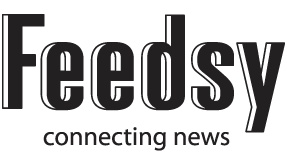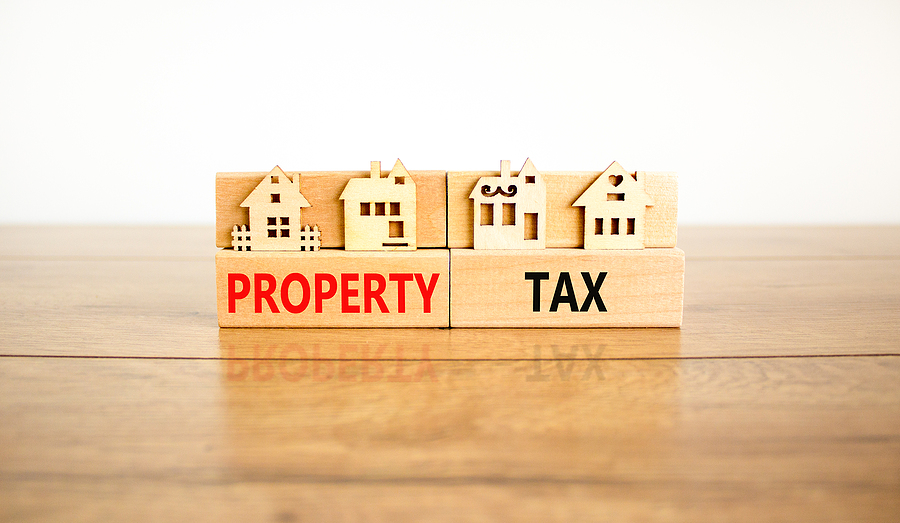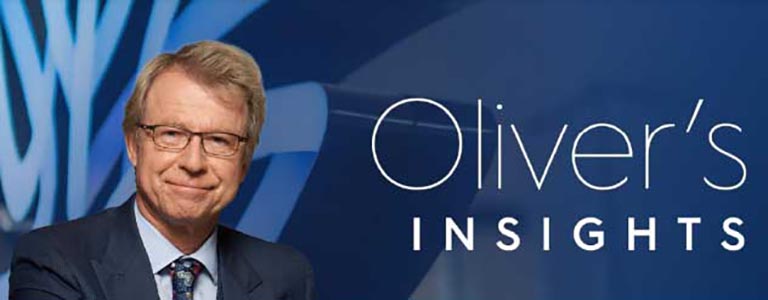Australia’s economic growth has moderated and returned its weakest result in 12 months, with signs of cooling domestic demand outside travel.
The December quarter national accounts released on Wednesday showed an expansion of 0.5 per cent, down from a 0.7 per cent lift in the three months to September.
The Australian Bureau of Statistics report showed annual growth of 2.7 per cent.
ABS head of national accounts Katherine Keenan said the 0.4 per cent lift in total consumption and robust 1.1 per cent lift in net exports were the major drivers of gross domestic product (GDP) growth.
“Continued growth in household and government spending drove the rise in consumption, while increased exports of travel services and continued overseas demand for coal and mineral ores drove exports.”
The GDP figure came in below expectations, with analysts anticipating a 0.8 per cent expansion in the economy over the quarter.
BIS Oxford Economics head of macroeconomics forecasting Sean Langcake said the national accounts highlighted the ongoing shift away from goods and towards services.
“Growth in spending on discretionary items continues to slow and the recovery in services consumption has largely run its course,” he said.
He noted spending would continue to ease as inflation and higher interest rates weighed on disposable income.
Households will also have less savings to draw on to support their spending, with the household savings rate falling to 4.5 per cent, back to around pre-pandemic levels.
Compensation of employees reflected the tightness in the labour market and higher inflation, lifting 2.1 per cent over the quarter.
This followed a 3.2 per cent lift in the September quarter.
The figures also revealed a slowdown in home renovations but a pick up in dwellings as supply constraints eased, as well as a slowdown in business investment in infrastructure and machinery.
Treasurer Jim Chalmers said moderating growth was an inevitable consequence of the global economic slowdown, high inflation, rising interest rates and an international energy crisis.
“Over 2022, the Australian economy performed better than any of the major advanced economies, and more than double the OECD average,” he told reporters on Wednesday.
He welcomed the recovery in tourism and education exports driving an 18.9 per cent increase in travel service exports.
The treasurer also commented on the monthly inflation indicator, which softened from an 8.4 per cent increase in the year to December to 7.4 per cent annual growth to January.
“We welcome indications from the monthly CPI indicator released today which suggests that inflation peaked towards the end of 2022,” Dr Chalmers said.
Shadow treasurer Angus Taylor said the national accounts revealed the pain families were feeling.
“Energy bills have soared, mortgages payments are rising every month, rents have increased, grocery costs are rising by the day and Labor’s promised real wage increase hasn’t eventuated,” he said.
KPMG chief economist Brendan Rynne said signs of weakening domestic demand raised questions about Australia’s resilience to higher interest rates.
“Today’s consumer price index data will provide some comfort to the Reserve Bank of Australia that it is on track to bring inflation back into the target range without driving the economy into recession, but the GDP figures might give it some pause for thought,” he said.
Dr Rynne said the central bank now had evidence that inflation had likely peaked and wages growth was contained, which would bring the end of the rate hiking cycle into sight.
The firm’s economists still expect to see two more 25 basis point increases to the cash rate in March and April.
Poppy Johnston
(Australian Associated Press)






